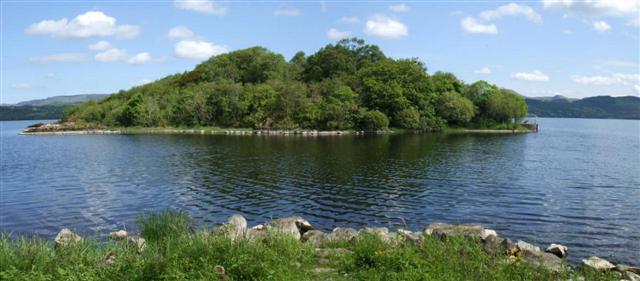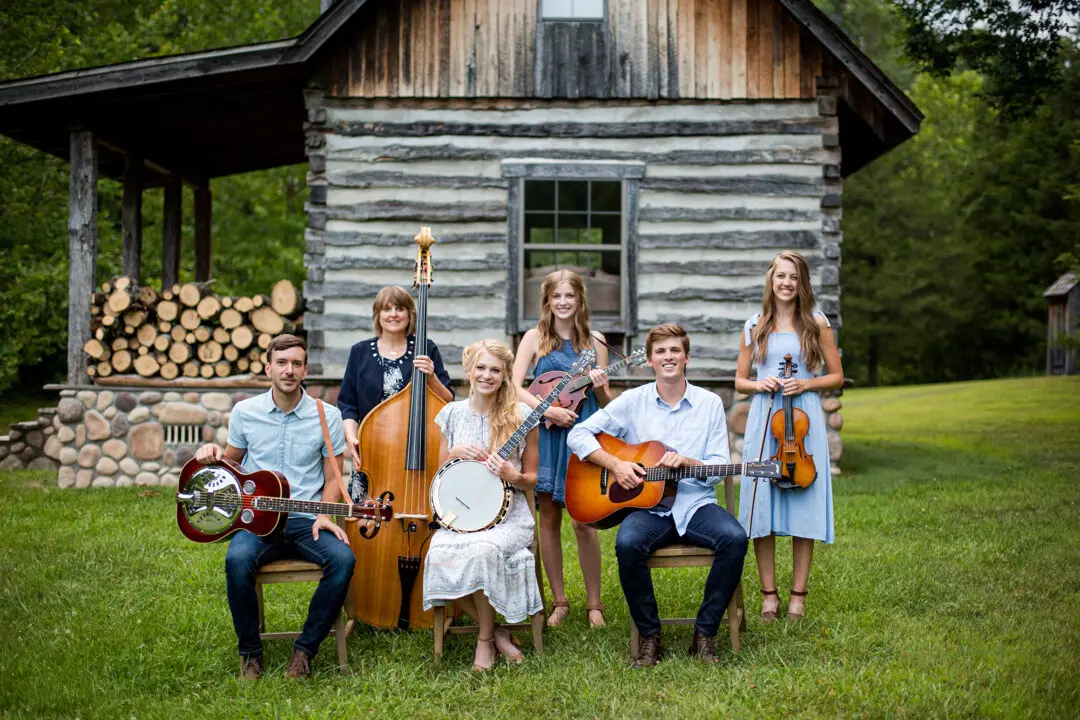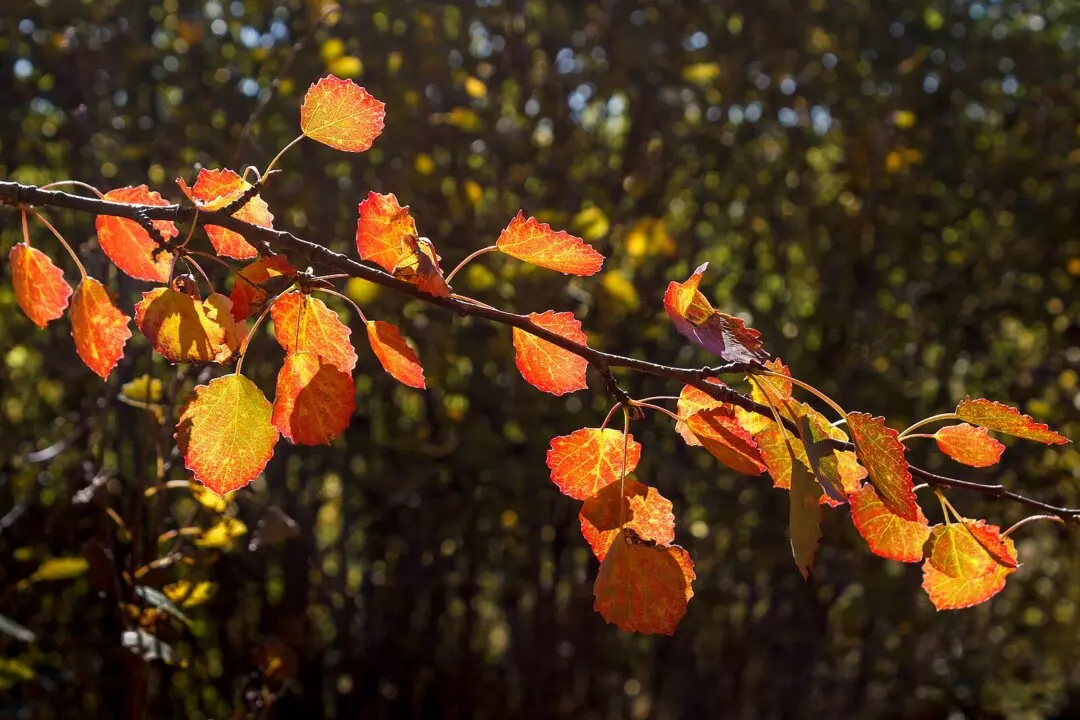I will arise and go now, and go to Innisfree, And a small cabin build there, of clay and wattles made; Nine bean-rows will I have there, a hive for the honey-bee, And live alone in the bee-loud glade.
And I shall have some peace there, for peace comes dropping slow, Dropping from the veils of the morning to where the cricket sings; There midnight’s all a glimmer, and noon a purple glow, And evening full of the linnet’s wings.
I will arise and go now, for always night and day I hear lake water lapping with low sounds by the shore; While I stand on the roadway, or on the pavements grey, I hear it in the deep heart’s core.
At one point or another, when the worries and commotion of the world lie heavy on our shoulders, most of us have experienced a desire to leave the world behind and retire to a place of peace. The Irish poet William Butler Yeats used that longing as the germ for one of his most well-known poems, “The Lake Isle of Innisfree,” composed in 1888.Yeats spent much of his youth in County Sligo, in western Ireland, where Lough Gill, containing the island of Innisfree, is found. He so loved the place that he had daydreamed about living on the little island of Innisfree since he was quite young. In his “Autobiographies,” Yeats recalled, “My father had read to me some passage out of Walden, and I planned to live some day in a cottage on a little island called Innisfree ... I should live, as Thoreau lived, seeking wisdom.”






